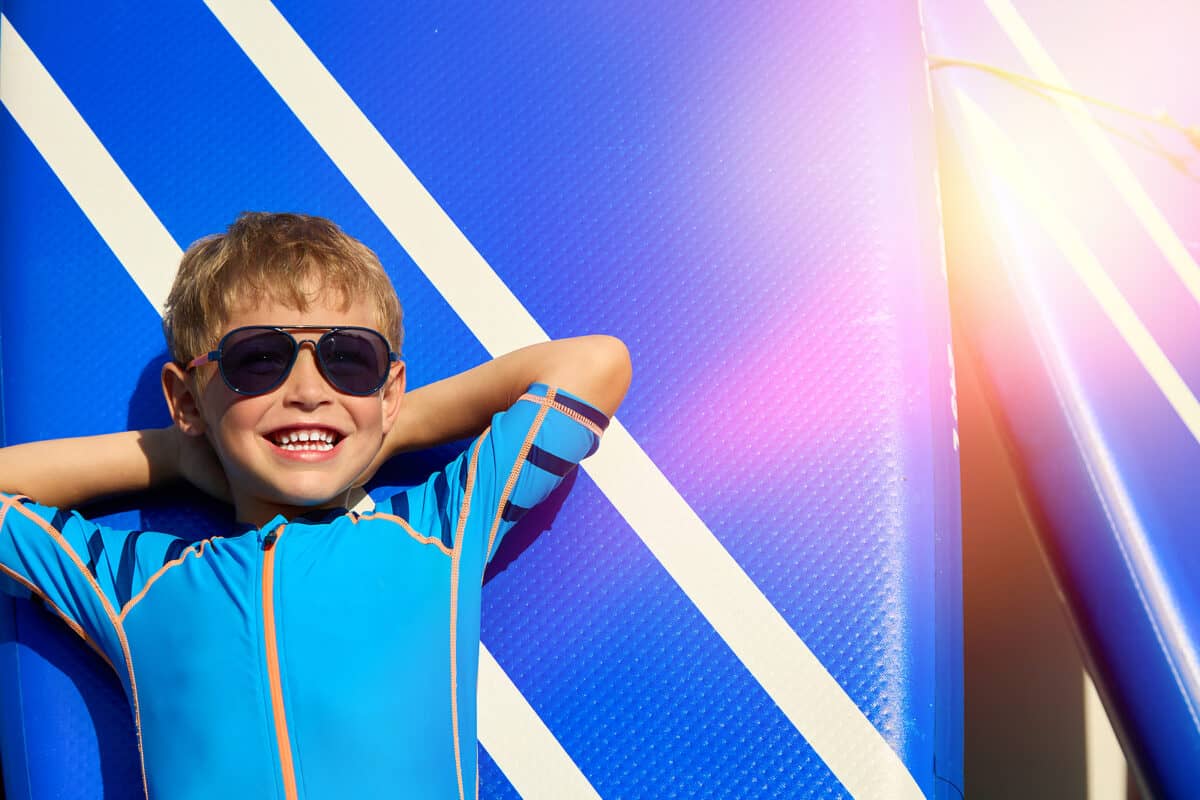- Finding the Right Indoor Plants for Desert Your Home - April 28, 2023
- Common Misunderstanding About Sun Exposure - April 18, 2023
- All about the Arizona Monsoon Season - May 21, 2021
Common Misunderstanding About Sun Exposure
The heat is picking up as we are setting into Spring here in the Sonoran Desert. With the Spring rains come a rare instance of color across our rocky landscape with surprise blooms amongst the normally brown and red rocks of our desert home. The highs are still cool enough most days to spend plenty of time outside—however, even if the sun isn’t scorching hot, it can still be very dangerous to our health. We’ve compiled some of the most common misconceptions about sun exposure and the truths that will help you keep you and your family safe as we settle into the end of spring and get ready for the hot months ahead.
Fiction: The Danger of the Sun Lies in its Heat:
Fact: The sun out here can be hot, causing dehydration and overheating the body but the dangers of the sun stretch far past that. If you have you ever wondered what causes your skin to burn, it’s not actually the sun’s heat but Ultraviolet (UV) rays. UV radiation is a form of non-ionizing radiation that is emitted by the sun. Non-ionizing radiation is a type of low-energy radiation which isn’t charged with enough to remove an electron from an atom or molecule, however that doesn’t mean they aren’t powerful. In addition to UV rays, non-ionizing radiation includes infrared light, microwaves, radio waves, and radiofrequency energy from cell phones.
Fiction: There is Only One Kind of UV Ray
Fact: UV rays are classified into two different groups—UVA rays and UVB. Ultraviolet A (UVA) has a longer wavelength and is the cause of premature aging of our skin from the sun, such as wrinkles and lines in the skin. Ultraviolet B (UVB) has a shorter wavelength and is associated with sun burns. Think of the A as standing for ageing and the B for burning to help you keep it strait. Both are dangerous so it’s important to be prepared!
Fiction: A Tan is Healthy
Fact: Its always tempting to get out in the sun and brown up a little. Our society praises this as a beauty aesthetic, however this comes with dangerous consequences. In addition to a tan the rays of UVB can help supply our body with the very important vitamin D which supports our immune system, and helps the body absorb and retain calcium for stronger bones. However, too much can leave you with a burn or worse skin cancer. UVA and UVB radiation contributes to the risk of skin cancer by y damaging the DNA in our skin cells, causing skin to grow abnormally as well as aiding in the development of benign or malignant growths.
Fiction: I Have Darker Skin So I Don’t Need Sun Protection
Fact: Everyone is susceptible to sun damage no matter the darkness or shade of your skin. Darker skin contains a higher amount of melanin and while this does provide more protection from the sun than people with lighter skin. Even when people with darker skin are more resistant to burn, if you are exposed to too much sun it can build up to become a serious issue. Remember to wear sunscreen in the hot desert sun, no matter the shade of your skin.
Fiction: Sun Exposure Early or Late in the Day is Okay
Fact: the sun first thing in the morning and at the end of the day is often regarded as a cooler time to be outside, but don’t make the mistake of thinking this frees you from the risk of sun exposure. Even when the sun isn’t at its highest and hottest doesn’t mean that UV rays are not a menace. They hold the same amount of power regardless of the heat.
Fiction: Glass Protects You from the Sun’s UV Rays
You may think you are safe from the sun inside your home or in the car, but UVA rays which have a longer wavelength, can easily penetrate glass windows. You won’t get tan from sitting by a window, but your skin may age!
The good news is that CC Sunscreen window shades block out 90 percent of harmful UVA and UVB rays. Not only do they help keep your house cool when the sun hits them, but they can protect you and your home from the sun. Call today for a free consultation.

